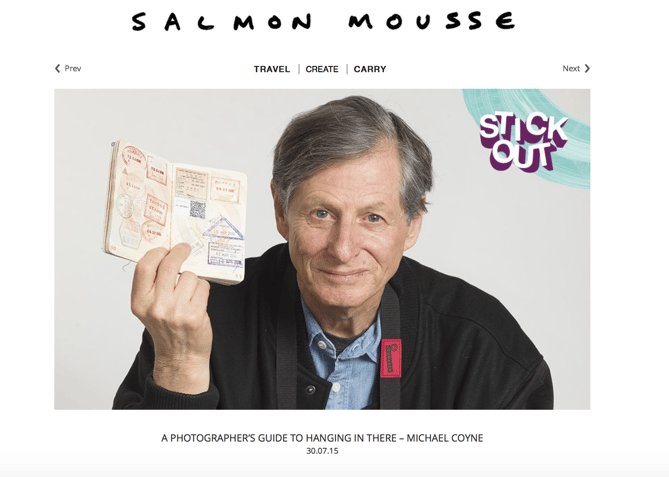Dr Michael Coyne is a multi-award winning photographer, who has covered significant events in places as diverse as The Philippines, Papua New Guinea, Cambodia, Indonesia, the Middle East and Africa. His work has been featured in magazines such as: Time, Newsweek, and National Geographic. Michael's extensive work has been featured in a number of solo exhibitions around the world. He spent eight years in the Middle East documenting the rise of Islamic fundamentalism. He covered the Iranian revolution and the Iran/Iraq war, for his work he received a number of awards such as the the Centenary Medal by the Australian Government for Service to Photography and the AIPP (Australian Institute of Professional Photography) Honorary Fellowship, the highest award for a photographer in Australia.
As a PSC Senior Fellow, our students get to glean from his experiences. Our first year Bachelor of Photography students were lucky to have had him talk to them this week, for their folio class, where he gave them great advice on breaking into the photojournalism industry. Michael mentors final year photojournalism students.
Hear our interview with the high profile photographer, as he sheds light on the importance of making contacts and networking, how Australians are doing exceptionally well in the international industry and his experiences with almost getting kidnapped while on assignment!
[audio mp3="http://www.psc.edu.au/wordpress/wp-content/uploads/Michael-Coyne-Podcast-at-PSC.mp3"][/audio]
Click the image below to read more about him through the Crumpler blog article, where he was featured this year:
To know more about how you can learn photojournalism from the best in the industry, check out our Full Time Studies Page.

